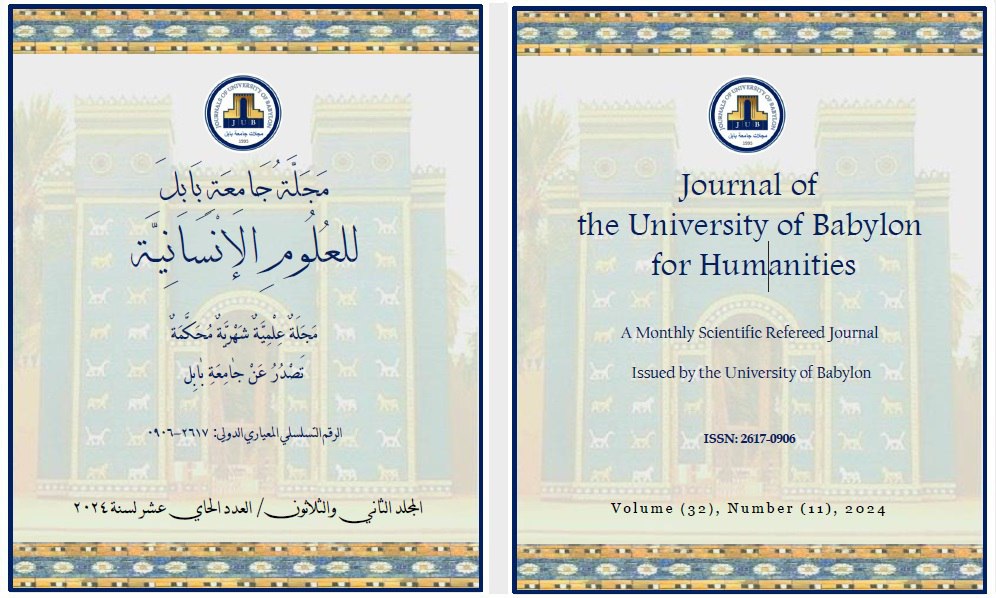The Rhetoric of Accumulating Sequential Conditional Sentences in the Holy Qur'an
Main Article Content
Abstract
This study derives its value from focusing on one of the stylistic phenomena in the Holy Quran, through analyzing the construction of sentences and the arrangement of words with each other, according to the purposes in different contexts. This study seeks to reveal the rhetoric of the sequence and condensation of the conditional style in a single position. The study revealed a diversity of contexts and multiple forms of its use, in addition to the frequency of this phenomenon, which reached 400 positions. The phenomenon of the density of conditional sentences in many positions also emerged, constituting nearly a quarter of the evidence. This raised a number of questions about the implications of this density, and its places in the Holy Quran, and consequently, this research aims to answer the question: What is the secret behind the density of the conditional style in some positions and not others? And is it related to specific topics or surahs? I seek to do this by studying the positions of condensation after presenting their statistics. The study led to many results, the most important of which are:
- The ability of conditional condensation to accommodate diverse contexts united by the complexity of their subject and the abundance of their details.
- The density of the sequential conditional style in seven surahs, in order from most to least: (Al-Baqarah, An-Nisa, Al-Imran, At-Tawbah, Al-Ahzab, Fussilat, Hud), due to the topics addressed in these surahs.
- The condensation of sequential conditional sentences contributed to the performance of several different meanings, such as encouraging obedience to the command, warning believers against befriending the disbelievers, exposing the hypocrites and lamenting the deniers of the resurrection and threatening them with punishment.
Article Details
Issue
Section

This work is licensed under a Creative Commons Attribution 4.0 International License.

